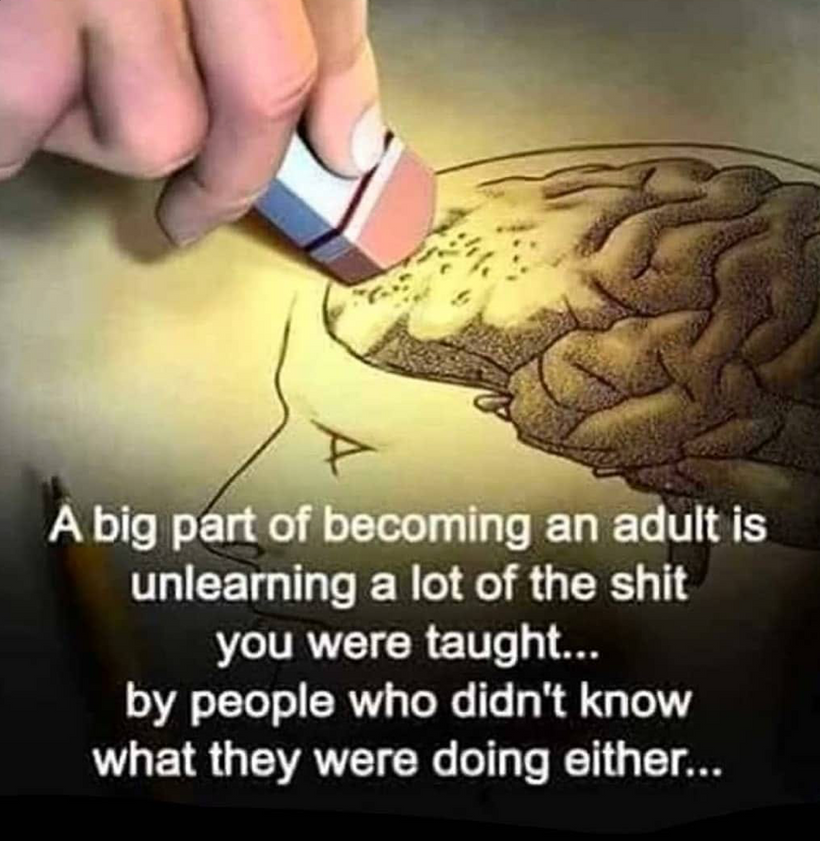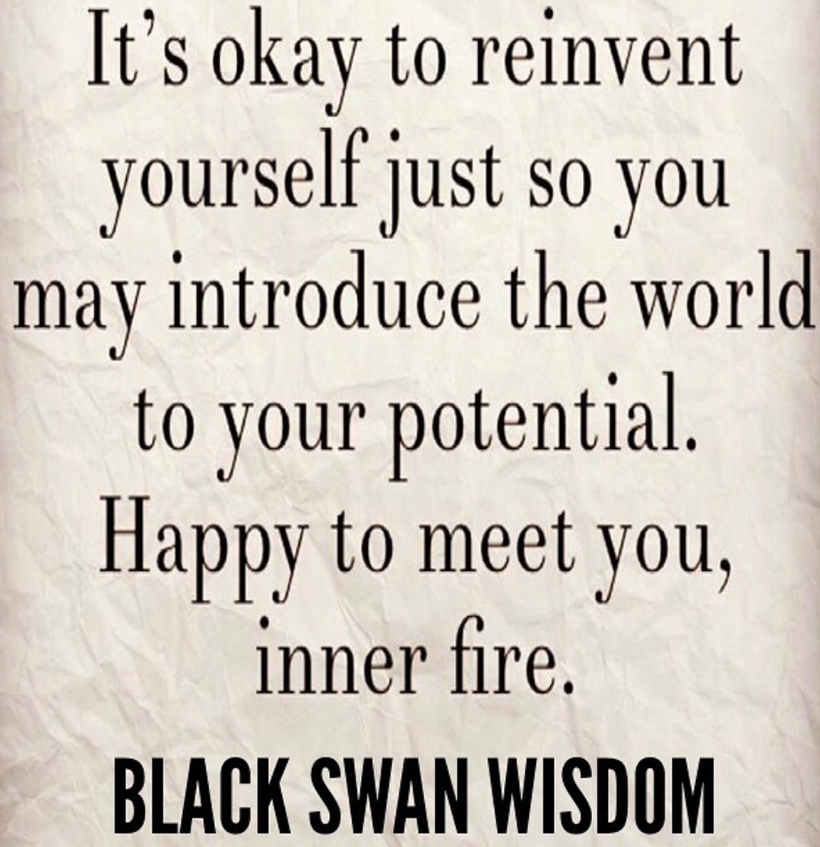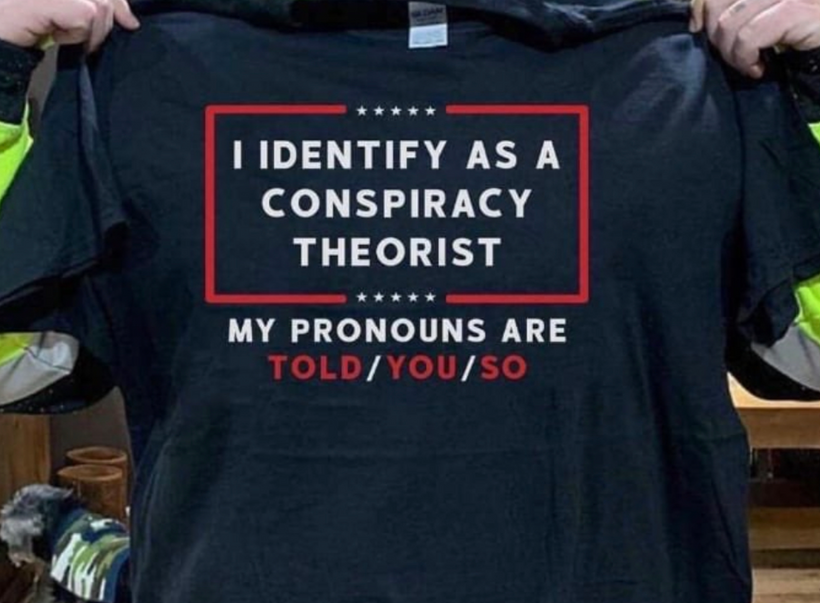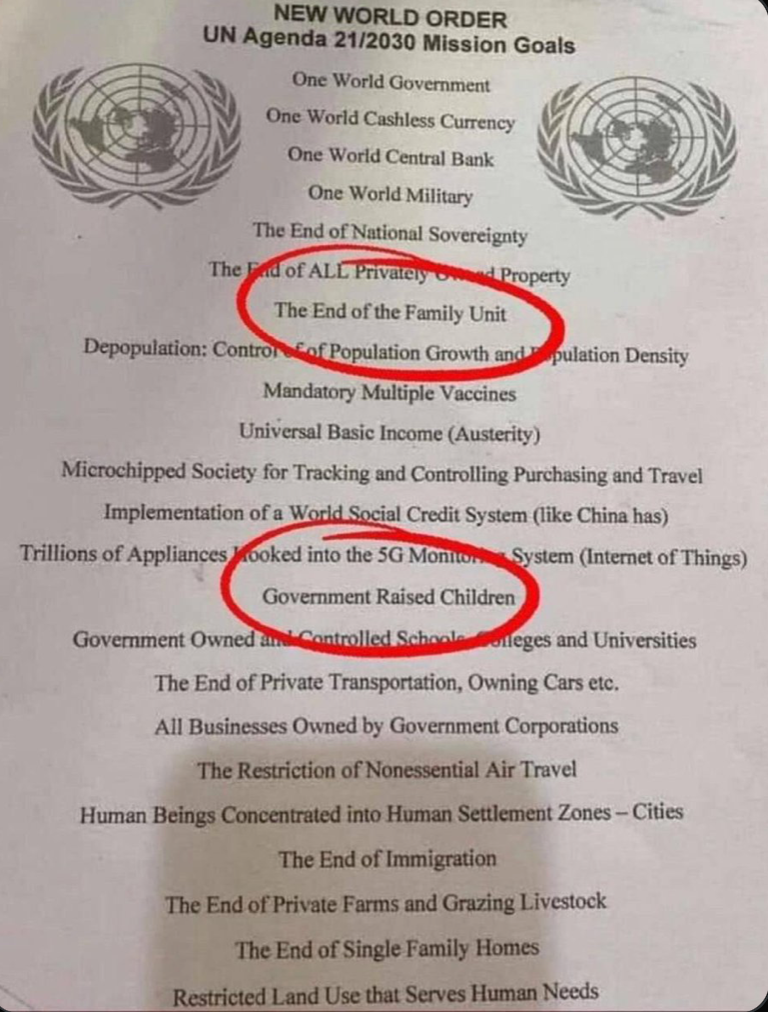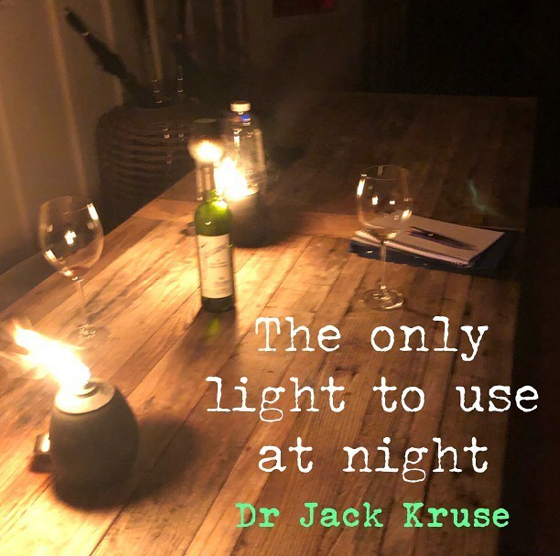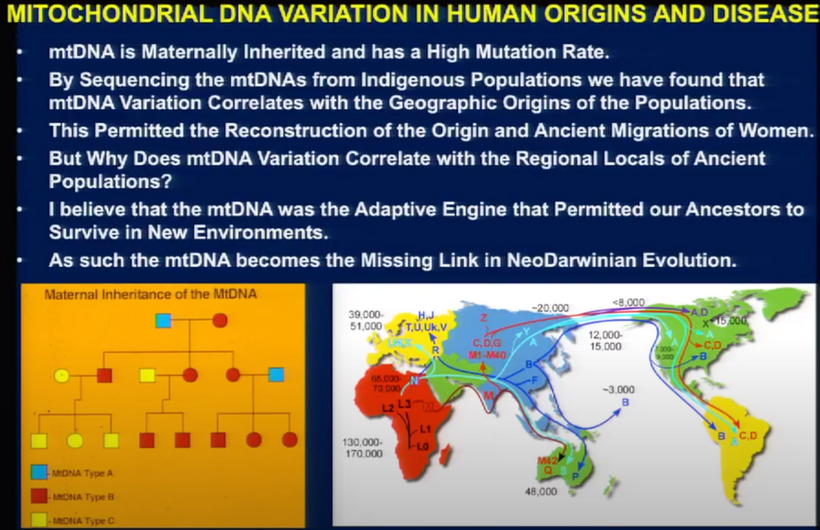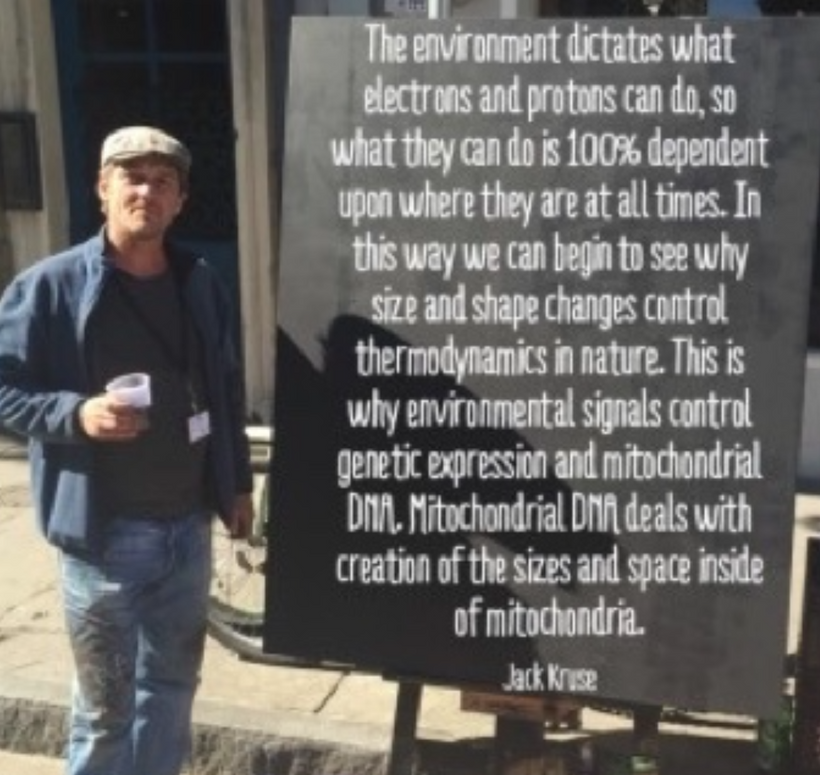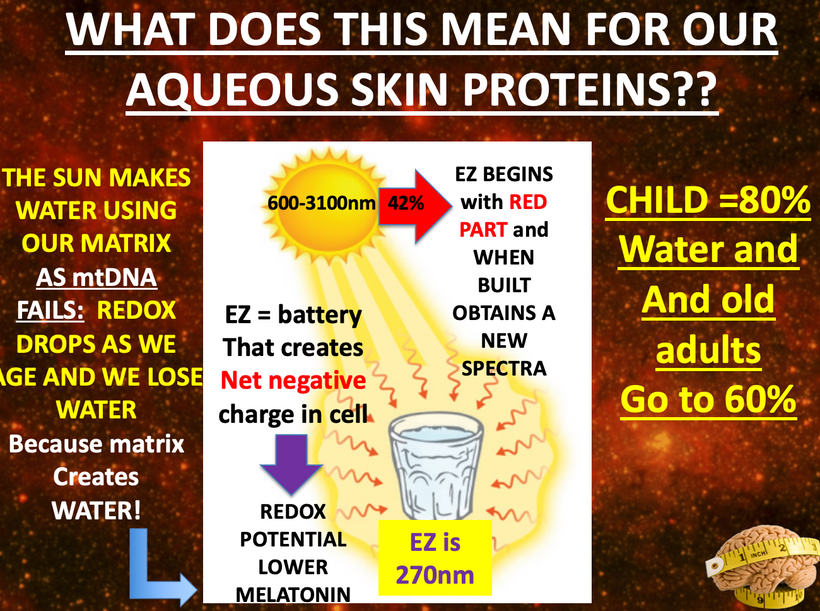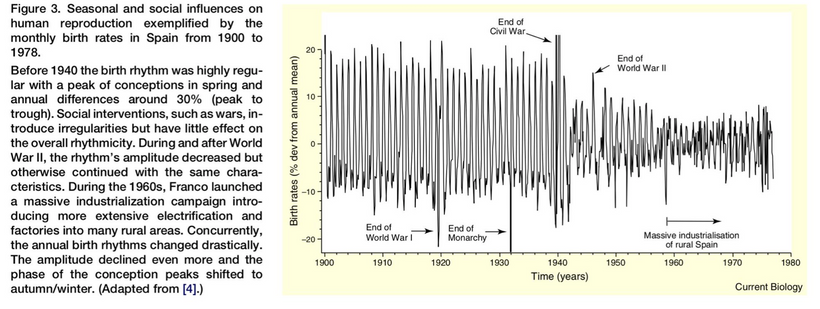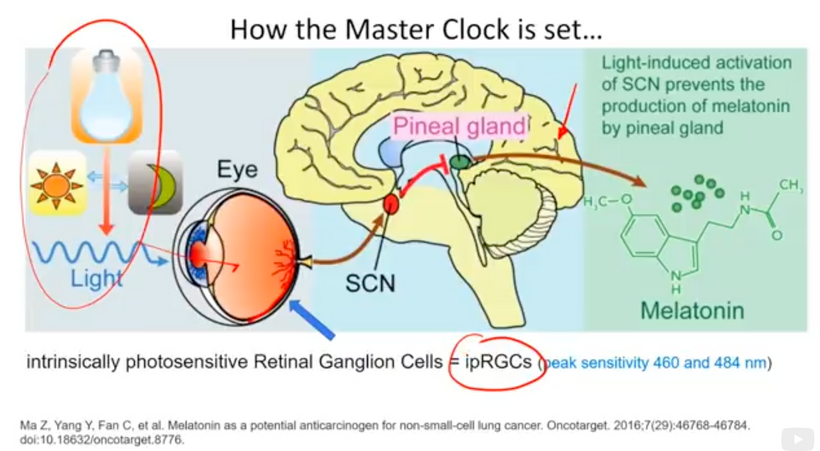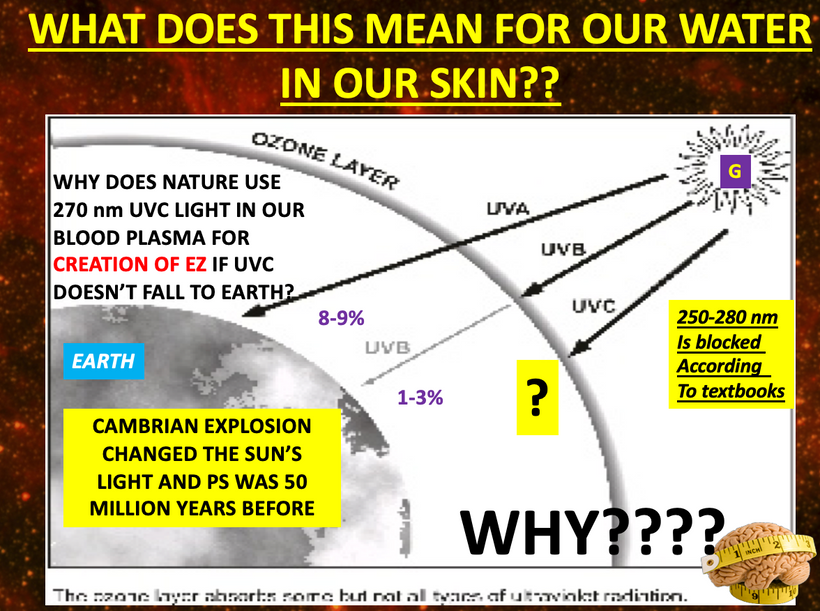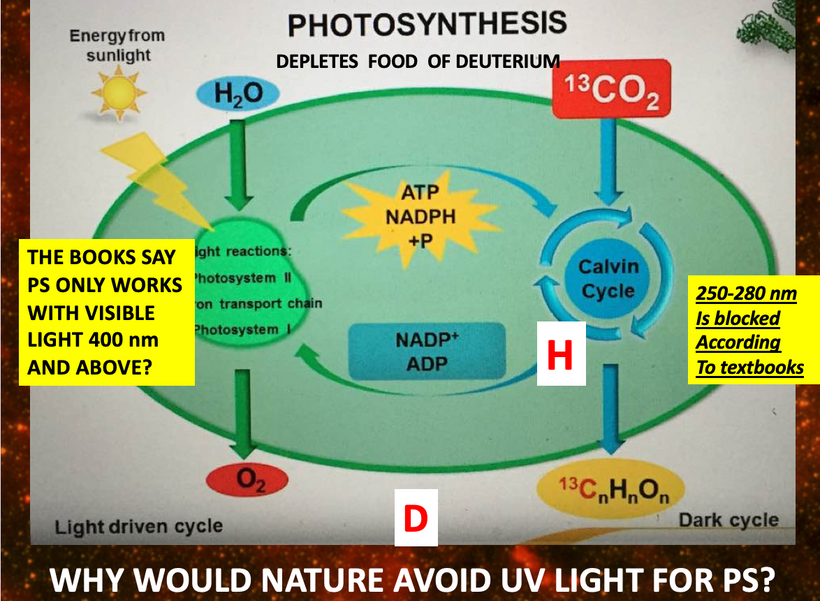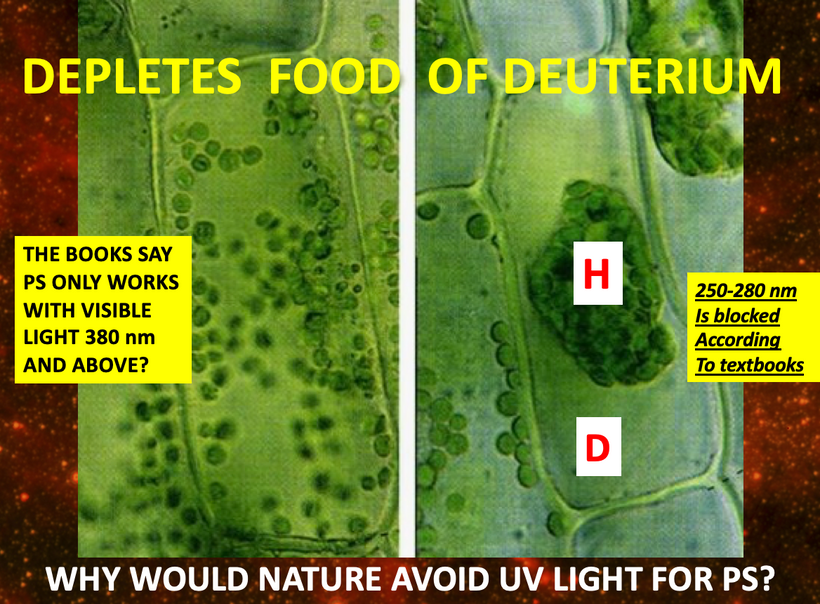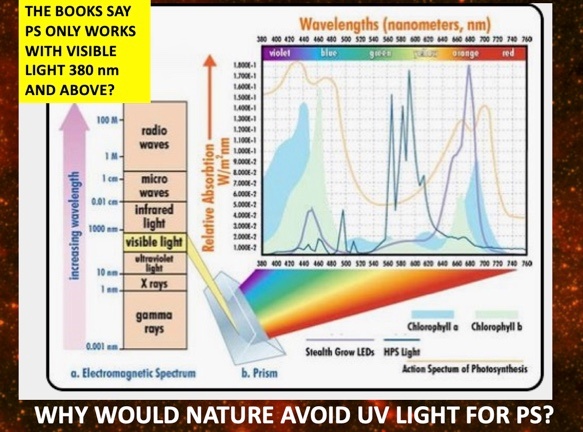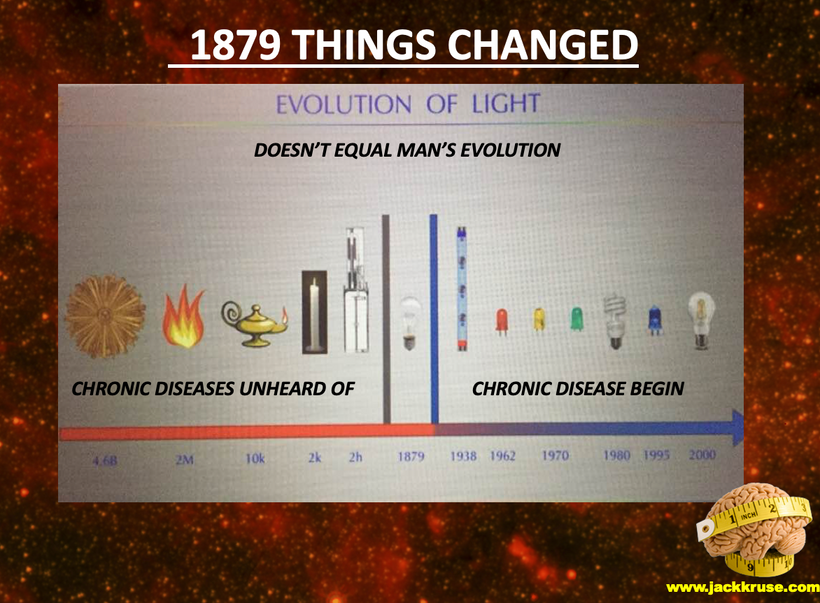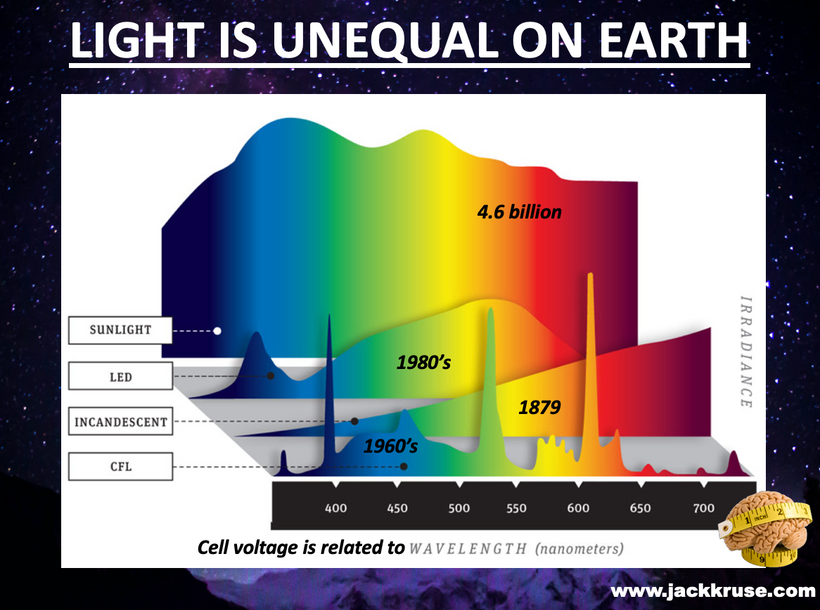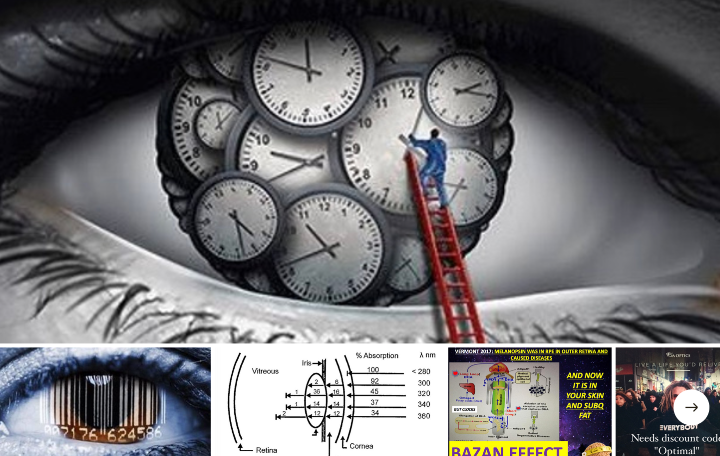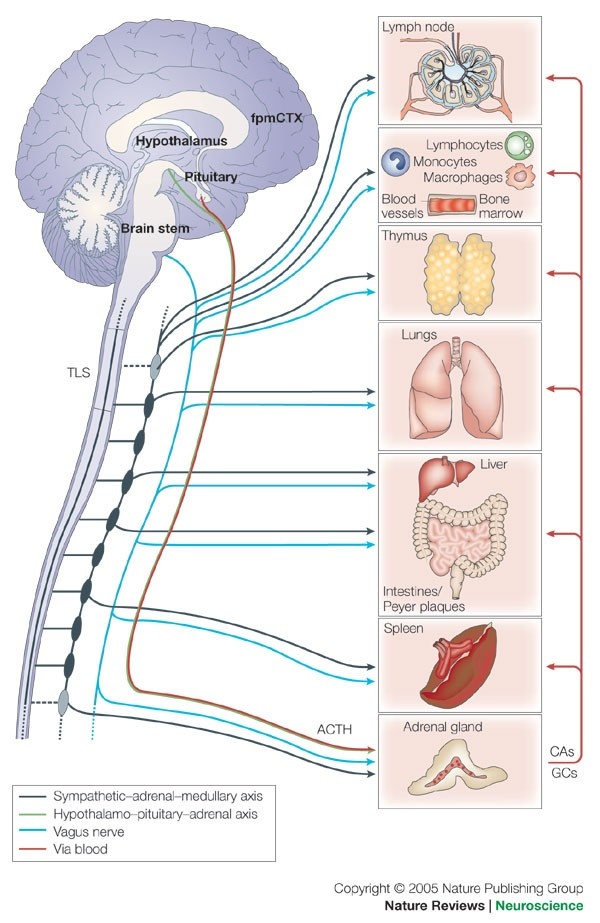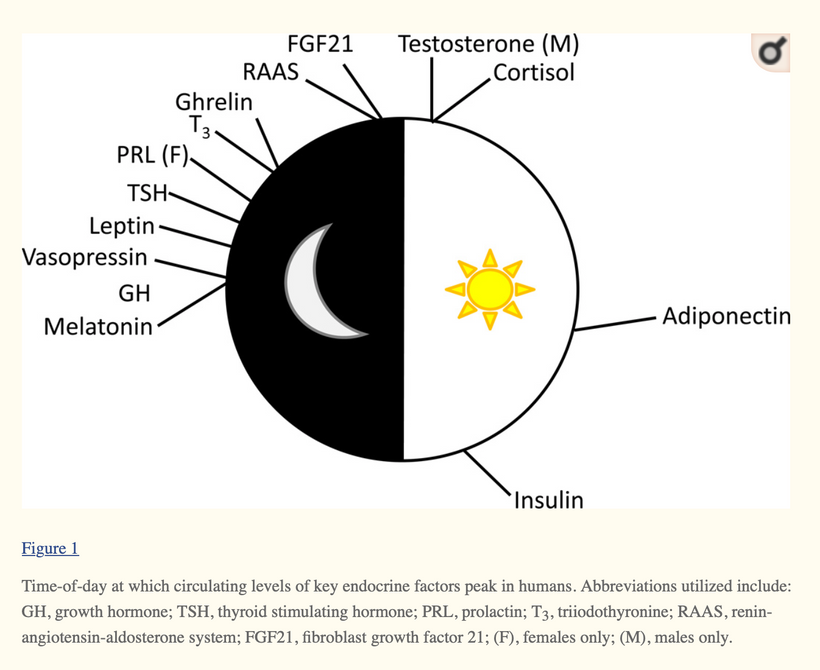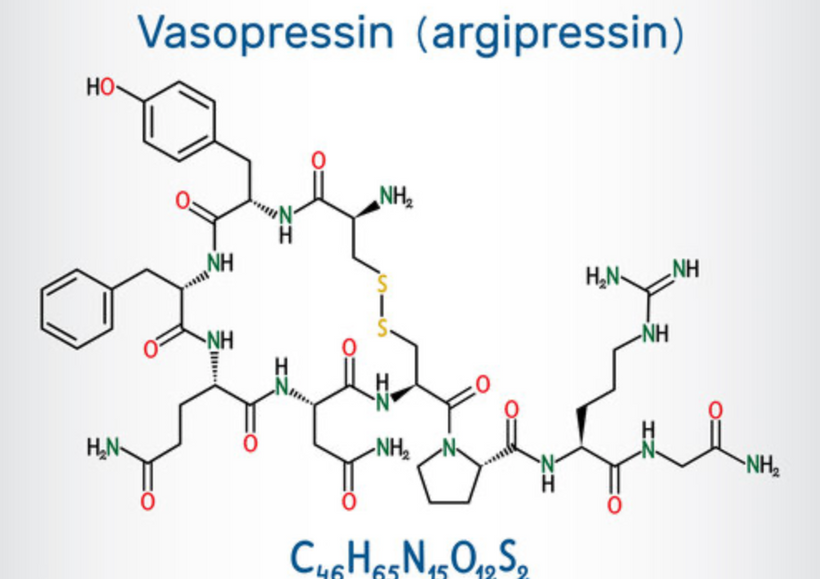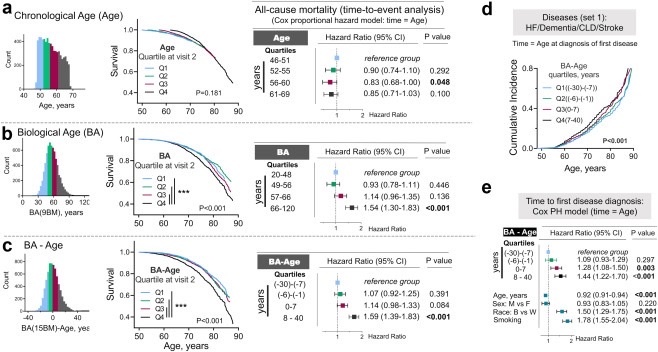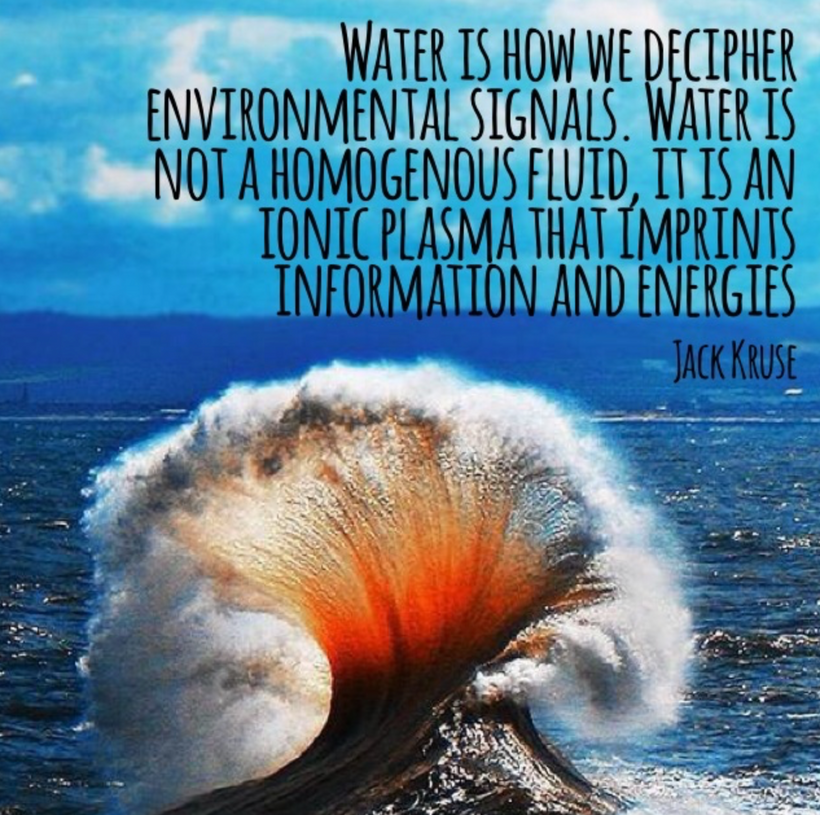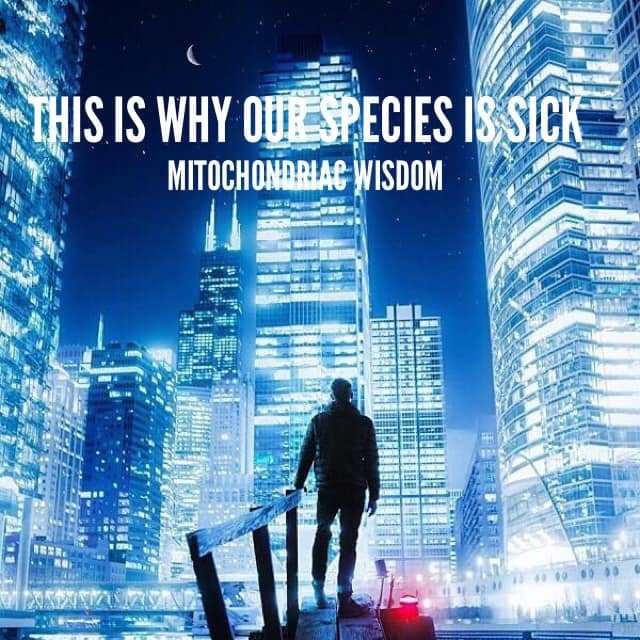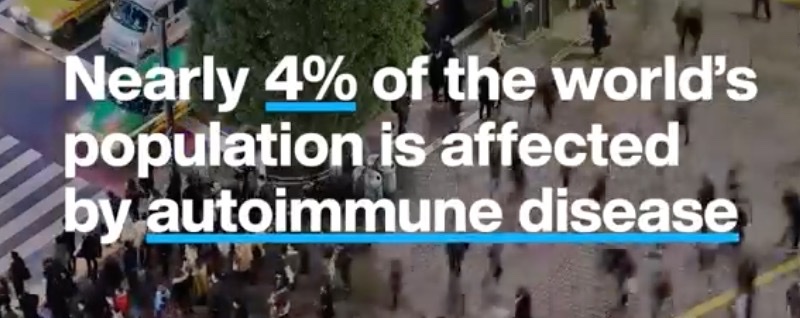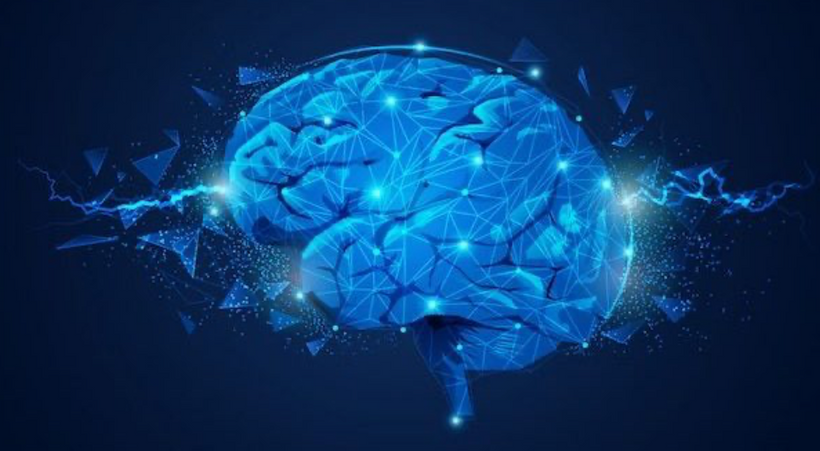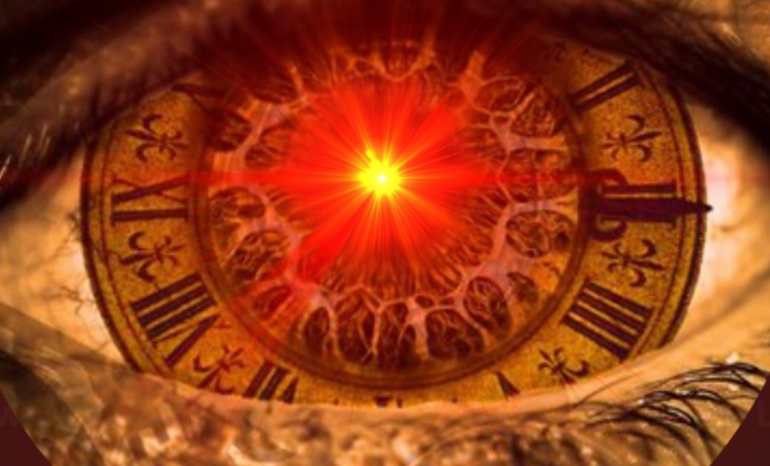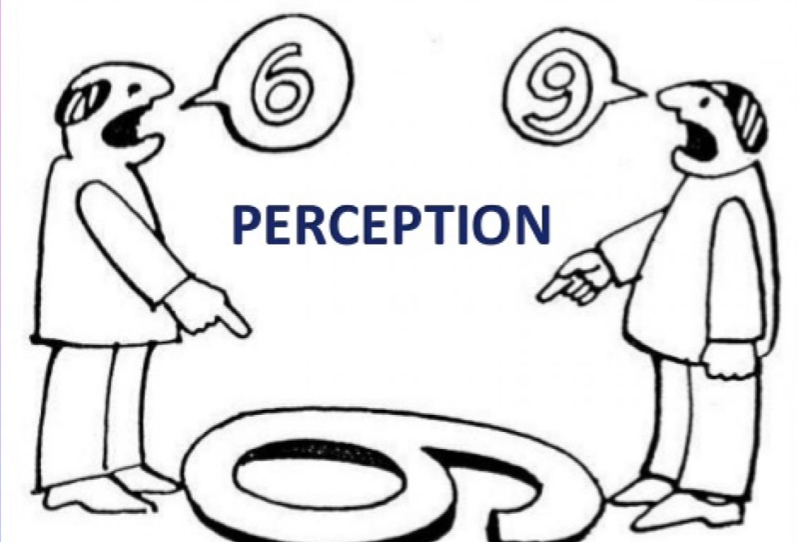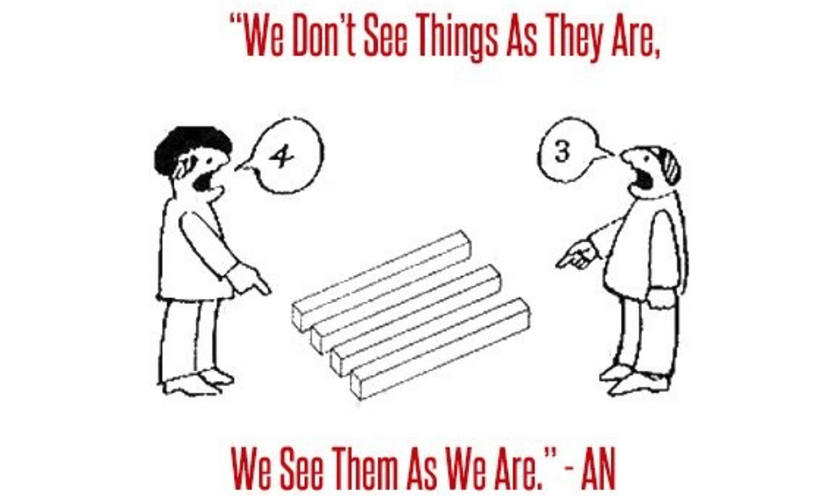
The incidence of diabetes will rise as people block the sun and introduce alien light to their lives. And this information will be transferred to their offspring via trans-generational epigenetics and we will continue to see the incidence rise of juvenile diabetics.
Many have asked me how I believe this process occurs.
Here is my answer.
The Nobel Prize for physics in 2016 was given for the discovery of topologic insulators (TI’s).
Topological insulators conduct electricity on their surfaces but do not conduct the current deep inside their cores. This limitation allows the cell to control Brownian motion in the cell to maintain the low entropy state. A low entropy state is critical for wellness.
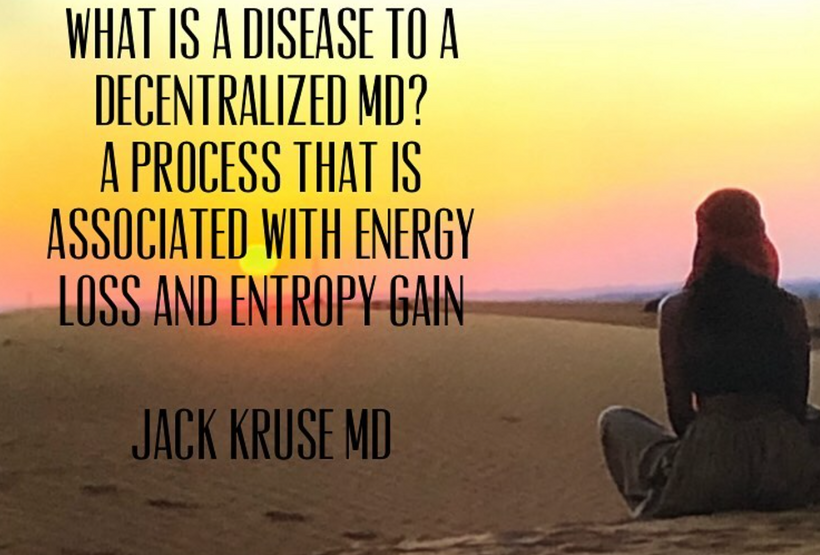
This helps explain why DNA’s surface is highly coiled and coated with histones, chromatin, and methyl groups when it is kept in its “quiet state” (non-dividing)
It also explains how it can receive photo-electric instructions on its surface and transfer that information through the hydrogen bonding network (proton tunneling causing flickering) that surrounds nucleic acids to run the epigenetic programming it contains deep within. What happens on its surface can awaken the code of life buried deep below its double helix that is filled with fermions = electrons, protons, and maybe neutrinos!
This process is all possible because DNA AMO structure is capable of inducing a change in base pairs by altering the hydrogen bonds on its surface because of how Dirac fermions operate. What is a Dirac fermion?
In physics, a Dirac fermion is a spin-½ particle. Take a look here to see a video on how I think this happens. Electrons, neutrinos, and protons have that spin quantity.
https://www.instagram.com/p/CnPiUugho2Z/
Spin is a quantum-mechanical property, akin to the angular momentum of a classical sphere rotating on its axis, except it comes in discrete units of integer or half-integer multiples of ħ. The proton, like the electron and neutron, has a spin of ħ/2, or “spin-1/2”. So do each of its three quarks that make up a proton. With the proton, there is a catch. And that catch is one of the keys to how evolution code is altered.
Summing the spins of the quarks that make up a proton to get the total spin of the proton seems, in principle, straightforward: if two of the quark spins point up, while the other points down, the down spin will cancel one of the ups, and both sides of the equation should be left with an angular momentum of ħ/2.
Except it isn’t that simple. In 1988 the European Muon Collaboration (EMC) at CERN shocked the physics community by announcing that the sum of the spins of the three quarks that make up the proton is much less than the spin of the proton itself. This was unexpected because the summing-up approach had worked for several of the proton’s other properties. For example, the proton’s electric charge of +1 can be accounted for by adding the charge of its two “up” flavored quarks (+2/3) to that of its one “down” quark (–1/3). (Note that here, “up” and “down” are names of quarks and have nothing to do with spin.)
However, the EMC researchers discovered that the net spin of the three quarks actually accounted for no more than 24% of the proton’s spin, and might even contribute as little as 4% – practically none of it, in other words.
It was an observation that shocked the world. To me, it meant Nature was using spin as some coding mechanism in cells. This unique feature would make it ideal to create a code. Today I think The proton spin problem is evolution’s cosmic wand……
HOW DOES LIFE COMMUNICATE WITH THE COSMOS? “THE FERMIONIC CODE”
In condensed matter physics, low-energy excitations in graphene and topological insulators, among others, are fermionic quasiparticles described by a pseudo-relativistic Dirac equation. I think DNA acts like a fermionic quasiparticle. Fermions include all quarks and leptons and all composite particles made of an odd number of these.
Some fermions are elementary particles (such as electrons), and some are composite particles(such as protons). I think this is why mitochondria only deal with electrons and protons inside of them. I also believe this is why neutrinos might be a player in biology on Earth. Neutrinos are part of the fermion family of Nature. I think fermions and light interactions are how starlight is transmitted to living cells. This science is based on AMO physics as a discipline.
The Standard Model recognizes two types of elementary fermions: quarks and leptons. In all, the model distinguishes 24 different fermions.
There are six quarks (up, down, strange, charm, bottom, and top), and six leptons (electron, electron neutrino, muon, muon neutrino, tauon, and tauon neutrino), along with the corresponding antiparticle of each of these. Protons are made from quarks.
HOW DID I DECODE THE FERMION MESSAGE?
Claude Shannon taught the world that information flows via entropy. All clocks should be thought of as flowmeters for entry. This includes the biological circadian clocks in cells. Wheeler taught physics that information and energy are one and the same thing. Shannon’s mathematics from his 1948 paper advanced the linkage of entropy and information. Shannon’s paper also told us anything can be a message.
I believe sunlight messages for mitochondrial DNA and nuclear are controlled by “fermion messaging”. DNA is informed about what to do with optical information from the sun via mtDNA signaling (optical and free radical) and this message is transmitted over water’s hydrogen bonds adjacent to proteins in a cell. DNA is a very complex topologic insulator that is an antenna for our star’s information.
Unlike its much larger counterparts, which we’re all familiar with in modern devices, this minuscule genetic molecule (DNA) isn’t made to transmit radio waves, but to glean the secrets of ever-changing proteins. DNA is around 20,000 times smaller than human hair. It also emits all frequencies of light in the visible spectrum of terrestrial sunlight, which means it uses light signals to record and reports back information.
And those light signals can be used to study the movement and change of proteins in real-time.
Part of the innovation with this particular antenna is the way in which the receiver part of it is also used to sense the molecular surface of the protein it’s studying. That results in a distinct signal when the protein is fulfilling its biological function. It also means the signal is low fidelity when the protein is not functioning well. When this happens the cell emits another optical signal and marks the defective protein for removal with ubiquitin.
This system operates just like a two-way radio that can both receive and transmit radio waves, the DNA nanoantenna receives light in one color (frequency), or wavelength, and depending on the protein movement it senses, then transmits light back in another color, which the cell can detect and perform a physiologic function. (Cite 2 below)
DNA chemistry is relatively simple to program and easy to use once programmed. DNA is surrounded by water.
Water makes up 99% of molecules in every cell. Water is a very small molecule that has more hydrogen bonds in it than any other compound. Liquid water contains the densest hydrogen bonding of any solvent, with almost as many hydrogen bonds as there are covalent bonds and hydrogen bonds in its structure found anywhere on Earth. These two bonding networks are the binary code in water. Just as a computer can use a 1 and 0 to create digital information on the internet, hydrogen bonds create the internet in your cells. Shannon taught us the information content of any kind of message could be measured in binary digits or just bits.
Water’s hydrogen bond network changes at a pico and femtosecond level in any environment. Inside a cell, its atomic arrangement is controlled by electrostatic forces in a cell created by the redox power of the mitochondria in that cell. These hydrogen bonds can rapidly rearrange in response to, light frequencies, charge density, and changing conditions and environments (for example, solutes like K+ in a cell).
Shannon demonstrated, contrary to what was commonly believed in the 1940s, that engineers could beat their worst enemy ever: transmission errors-or in their technical jargon, “noise.” Noise is anything that disturbs communication. It can be an electric signal in a telephone wire that causes crosstalk in an adjacent wire, a thunderstorm static that perturbs TV signals distorting the image on the screen, or a failure in network noise to increase the energy of the transmission signals or send the same message repeatedly-much as when, in a crowded pub, you have to shout for a beer several times. Shannon showed a better way to avoid errors without wasting so much energy and time: coding. Nature does the same thing.
She takes the message in the hydrogen bonding network of water that surrounds every protein and encodes that information in “a fermionic code” in mRNA, mtDNA, RNA, tRNA, and DNA.
Coding is at the heart of information theory. All communication processes need some sort of coding to limit the noise and create a high-fidelity signal that doesn’t degrade. Water preserves the information and transfers it to nucleic acids via hydrogen bonds. Just as the telephone system transforms the spoken voice into electrical signals. In Morse code, letters are transmitted with combinations of dots and dashes. The DNA molecule specifies a protein’s structure with four types of genetic bases. Digital communication systems use bits to represent or encoded information. Each letter of the alphabet, for example, can be represented with a group of bits, a sequence of zeroes, and ones. You can assign any number of bits to each letter and arrange the bits in any way you want. In other words, you can create as many codes as desired. Cells have done this to run life’s program.
The interactions of electrons in a solid or liquid crystal change space in abstract ways. If you look at the picture below you can see odd shape and size changes and this leads to the different thermodynamics of what is possible on the surface. Many TI’s developed “holes” where electrons are absent and this allows them to act as P-type semiconductors then there are adjacent regions that are extremely electron rich that can act as an N-type semiconductor.
Those positive and negative regions can act like “charges” and can lead to striking effects. For example, an insulating material (phosphorus) can become conductive at its surface when light hits it. All semiconductors become conductive when light hits their surface.
Phosphorus has ten atoms that stick directly out from the surface of DNA when you look at it from an axial view. See figure C below. Those ten atoms are surrounded by 447 water molecules to form part of the TI in DNA. The addition of phosphorus and iodine in the liquid crystalline water networks creates a “playground of charges and spins” in fermions to control how DNA should react to the electromagnetic signal from our star on its surface.
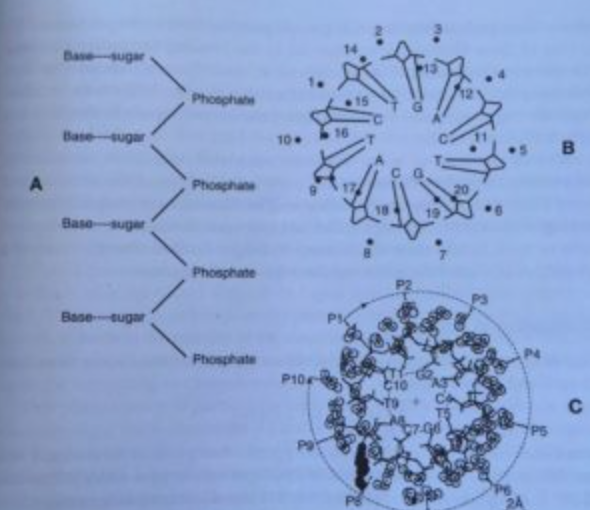
Note the ten phosphate groups sticking out of the surface of DNA to bind with coherent domains in water as DNA unwinds above.
Within the heavily condensed and coiled state DNA structure tightly holds atoms (lowering entropy), electrons, and photons in one “spin state”. When DNA is uncoiled by electromagnetic signals from our mitochondria hit on DNA’s surface. This surface change can alter protons deep inside of DNA to change how it functions. Hydrogen bonds occur between the two strands and involve a base from one strand with a base from the second in complementary pairing.
Once this change occurs light is/can be liberated from the double helix and the surface template of hydrogen bonds in water surrounding DNA radically changes the “topologic signals” by the altered spin states of fermions (protons) in the DNA crystal. This can turn on and off DNA replications. It can also cause DNA base changes.
In their seminal paper from 1953, Watson and Crick proposed that the tautomerization of DNA base pairs could produce stable errors in the genetic code. The proposed mechanism for such tautomerization was the double proton transfer along the hydrogen bonds within base pairs, Guanine–Cytosine (G–C) or Adenine–Thymine (A–T).
The tautomerization process involves the relocation of protons, which are subatomic particles and obey the laws of quantum mechanics.
Tautomers are structural isomers (constitutional isomers) of chemical compounds that readily interconvert. The chemical reaction interconverting the two is called tautomerization. This conversion commonly results from the relocation of a hydrogen atom (proton) within the compound.
The spins of electrons/protons (H+) can not only be manipulated by magnetic fields (mitochondria) but also by electrical fields (proteins side chains) and can be used to collect and store information from electrons or the photons they carry. All magnetic drives use spintronics today to magnetically store data on hard drives. It appears DNA uses many of the same ideas but it does it on hydrated carbon-based semiconductors in cells.
SUMMARY
We already know a leaf can do it via photosynthesis and so can a European Robin using a light inclination magnetic compass in its eye. In my humble opinion, this process works in all animal tissues to create the many species of animals we all observe in the classical world we inhabit.
Why don’t we have more data on this mode of information transfer in cells?
Specifically, the job of the antenna is to measure the structural changes in proteins over time. Proteins are large, complex molecules that carry out all kinds of essential tasks in the body, from supporting the immune system to regulating the function of organs.
However, as proteins rush about doing their jobs in cells, they undergo constant changes in their structure (protein bending), transitioning from state to state in a highly complex process scientists call protein dynamics. And we don’t really have good tools to track these protein dynamics in action today.
Experimental study of protein transient states remains a major challenge because high-structural-resolution techniques, including nuclear magnetic resonance and X-ray crystallography, often cannot be directly applied to study short-lived protein states. I expect this to change as centralized healthcare realizes these tools will make Big Pharma superfluous to the public.
Topology is a branch of mathematics focused on the fundamental shapes of things as they change. In cells, proteins can vary their size and shape based on the light energy that is added or subtracted from their bonds.
In this way, life can be considered a quantum computer that is working in parallel with a quantum universe that also runs on light. The fermionic messages are information buried in terrestrial solar light wave frequencies in the sun that can be magnetically stored in a thin film of water surrounding nucleic acids, using non-linear aspects of light. DNA is the ultimate topologic insulator or superconductor suspended in a superfluid of coherent and noncoherent water that imprints information and conducts electrons, protons, and photons in different ways.
This Nobel Prize may soon get biology away from its “solution-based ideas” in biochemistry books and push them toward quantum biology which uses a solid-state foundation. That is what the Nobel Prize meant to me in 2016. The state of fluctuation of the hydrogen bonding network that light brings creates probabilities in a cell. Light adds charge density to the AMO structures in a cell.
PHYSICS IS THE SCIENCE OF PROBABILITIES. BIOLOGY IS THE STORY OF THE IMPROBABLE AND BIOLOGY CAN ONLY MAKE SENSE FROM THE PERSPECTIVE THAT THE LIVING STATE IS ONLY PROBABLE ON EARTH USING REACTIONS UNDER SUNLIGHT WHICH ARE STATISTICALLY IMPROBABLE anywhere but on Earth.
Knowing is just not enough. Understanding the connections is critical in understanding what life is doing below the cell level. Stop being your own worse enemy. Stop looking outside for solutions when the wisdom you seek is buried within you in how you organize matter in your cells with sunlight.
This is why diabetes is exploding globally in the modern world in my opinion.
CITES
1. https://pubmed.ncbi.nlm.nih.gov/33949935/
2. https://www.nature.com/articles/s41592-021-01355-5
3. https://pubmed.ncbi.nlm.nih.gov/21457072/
4. https://pubmed.ncbi.nlm.nih.gov/35949615/
5. Watson, J. D. & Crick, F. H. C. The structure of DNA. Cold Spring Harbor Symp. Quant. Biol.18, 123–131 (1953).
6. https://www.nature.com/articles/s42005-022-00881-8
7. Löwdin, P.-O. Proton tunneling in DNA and its biological implications. Rev. Mod. Phys. 35, 724–732 (1963).
8. Löwdin, P.-O. Quantum genetics and the aperiodic solid. In Advances in Quantum Chemistry(ed. Löwdin, P.-O.) Vol. 2 (Academic Press, 1966).
9. Slocombe, L., Al-Khalili, J. & Sacchi, M. Quantum and classical effects in DNA point mutations: Watson–Crick tautomerism in at and GC base pairs. Phys. Chem. Chem. Phys. 23, 4141–4150 (2021).

